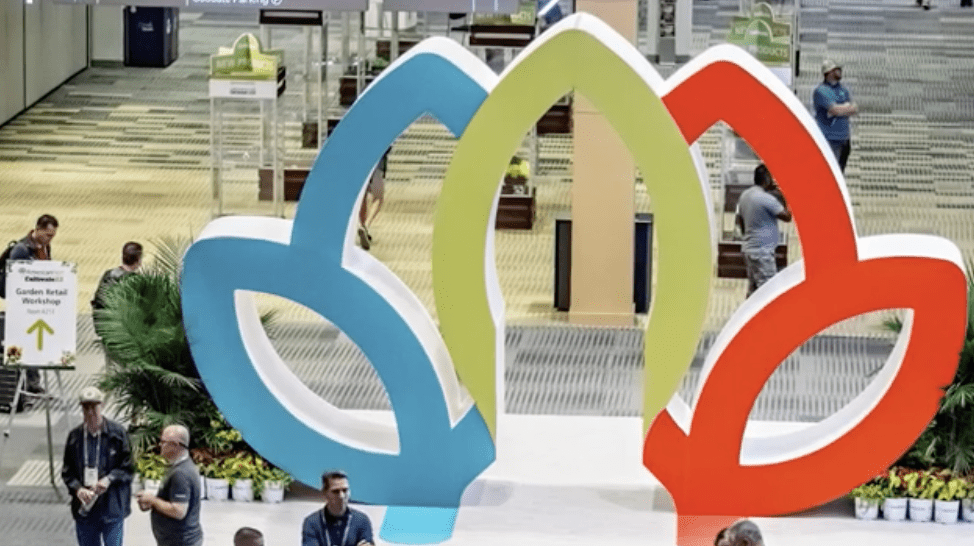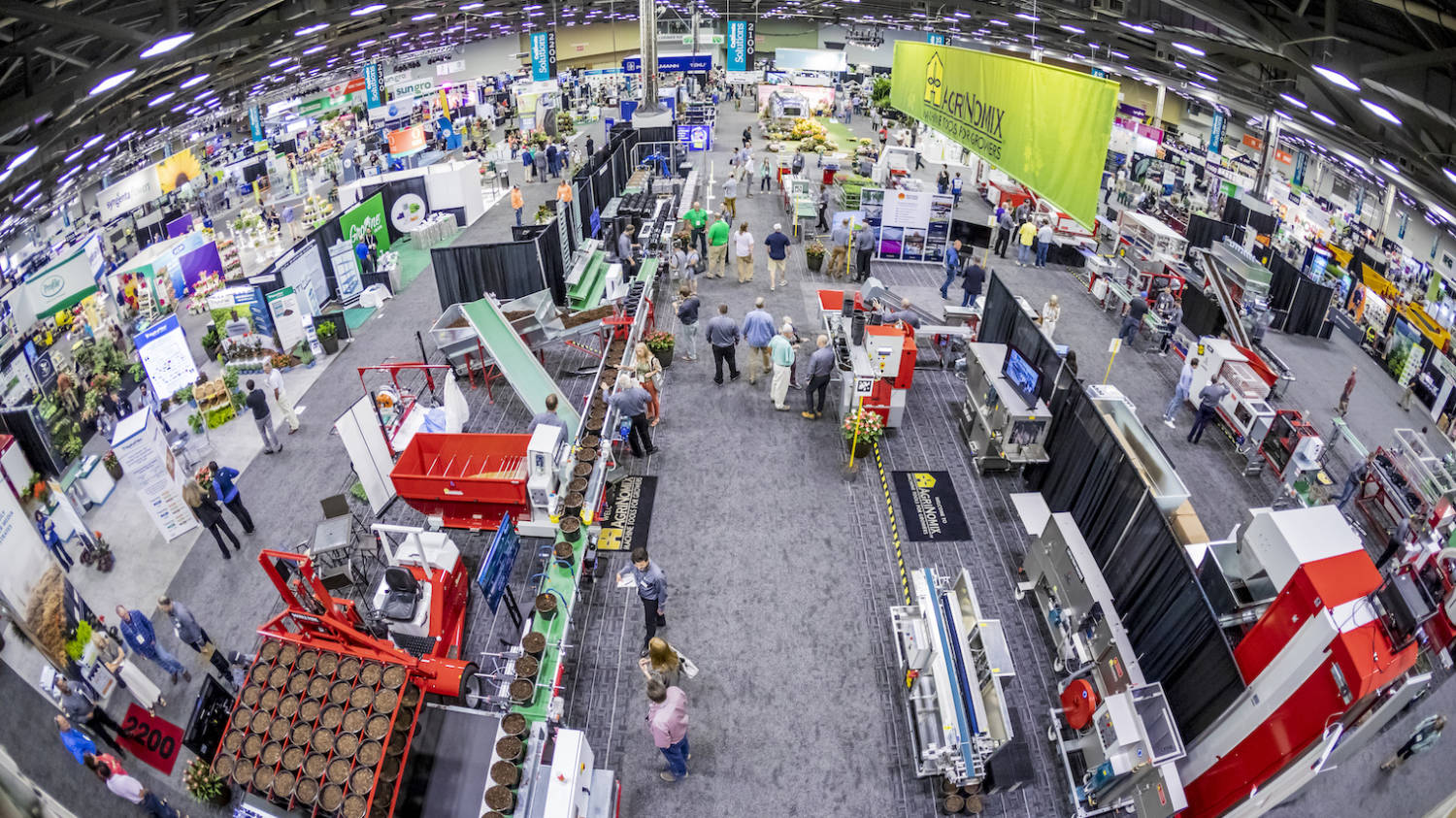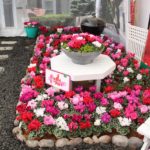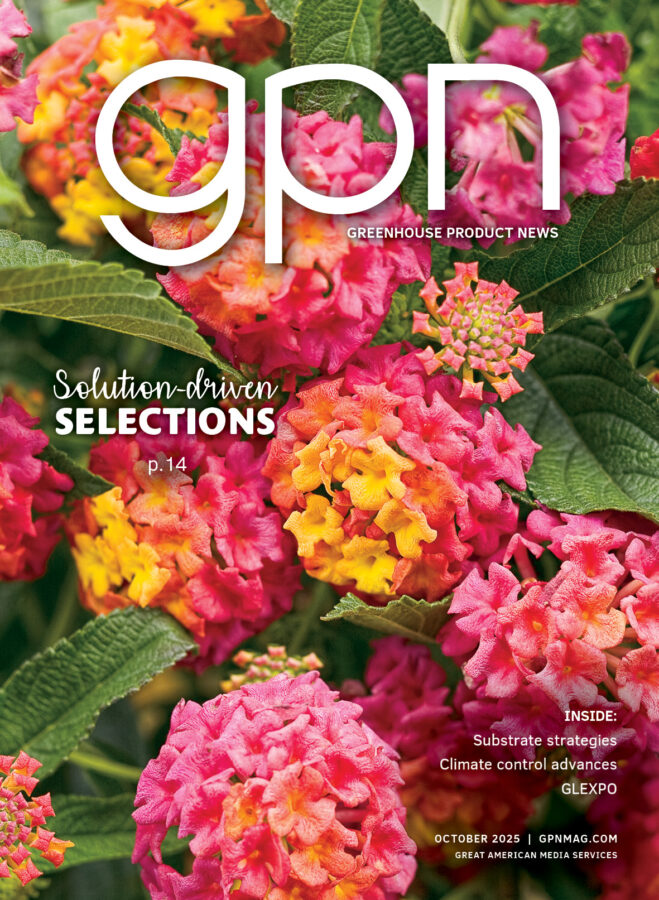Dialing in success
Ask the Expert
How the right substrate drives automation efficiency
(Sponsored) As one of the world’s leading producers of horticultural and agricultural mixes, Berger offers some of the most sought-after substrates — combining three generations of scientific and practical knowledge. Berger’s eight processing plants and thirteen harvesting sites across North America meet the highest modern, sustainable production standards.
John Bergman, a grower advisor at Berger, has grown a diverse range of crops across various environments — equipping him with the practical knowledge to meet growers’ needs.
Choosing the right substrate for automation
For growers, choosing the right substrate is critical, especially as the industry looks to high-speed automation to improve efficiency. Not all blends are the same, specifically when it comes to performance within automated systems.
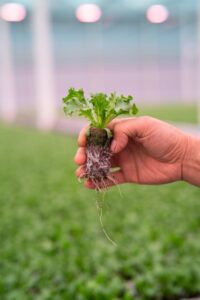
“It’s important that the physical properties of the blend match the grower’s production system, so the substrate flows through their equipment well to fill the container easily,” Bergman said. “It’s also important that every shipment of substrate is the same, so the grower knows what to expect. The best blends need to be consistent chemically, biologically and have the same physical properties every time so there are no surprises to slow down production.”
Berger’s new BM2 Automation mix works perfectly in these types of systems, according to Bergman. The substrate is designed with an optimal particle size, which allows the mix to flow smoothly through the equipment, helping the crops reach maturity faster.
Challenges with substrate in automated systems
Main challenges Bergman sees are inconsistent particle sizes that are simply too large and clog or jam paper pot equipment. The grower then has to stop and clean the tubes and replace broken knives or worn-out parts.
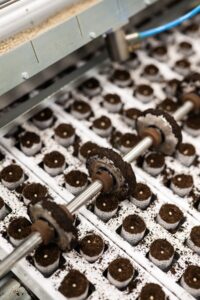
“(For example), growers using the wrong type of substrate blend that does not match the automated equipment they are using and the crop they are growing,” Bergman said. “By using the wrong substrate, it will slow down the container filling process and handling of the product potting.”
Bergman adds that when growing crops in these automated systems, the crops must finish in the set number of days. Any delays can affect your bottom line.
Different substrates in various types of potting systems
According to Bergman, it is important to match particle size with the potting equipment in use. Large pieces of bark, sticks and perlite will damage knives and finger transplanters.
“The potting equipment can damage the substrate fibers if the equipment is not dialed in correctly,” Bergman said. “If you are overfilling containers and the substrate is being recycled too much, the high-quality substrate can be broken down, become too fine or too compacted.”
Substrate pre-conditioning in automation efficiency
Growers must get this dialed in at the beginning of the process, according to Bergman. For example, if the substrate is too dry, the workplace can become dusty, reducing airspace and the volume of containers filled. However, if it is too wet, the substrate may not flow well through the equipment, ultimately losing yield.
“If the hydration and fluffing of the substrate is not done well and consistently, this will cause problems filling the containers and growing the crop,” Bergman said.
With decades of experience and scientifically backed solutions, Berger offers unique knowledge to address growers’ needs and requirements. Berger’s expert grower advisors are ready to help growers dial in the right automation systems best suited for their production.
© Berger 2025
To learn more about Berger, visit www.berger.com


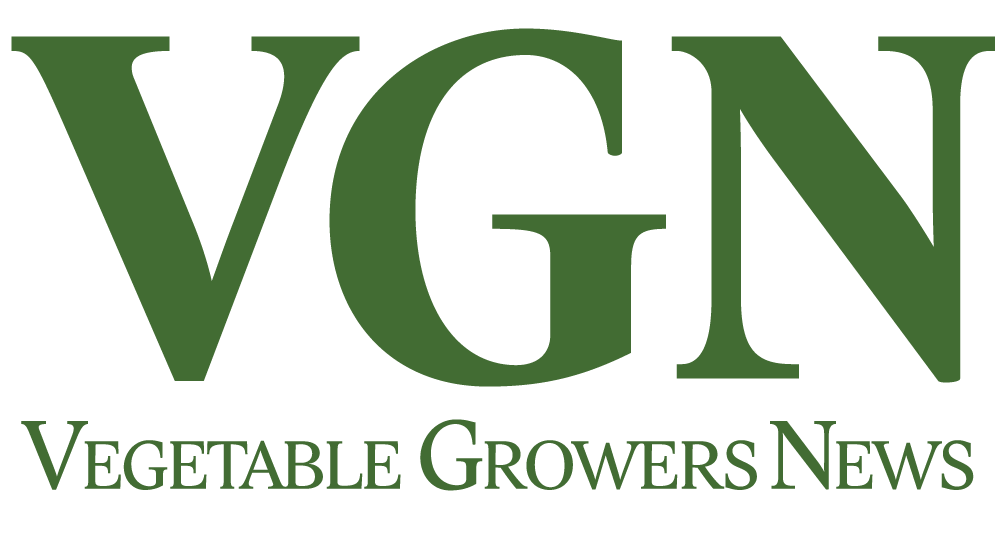
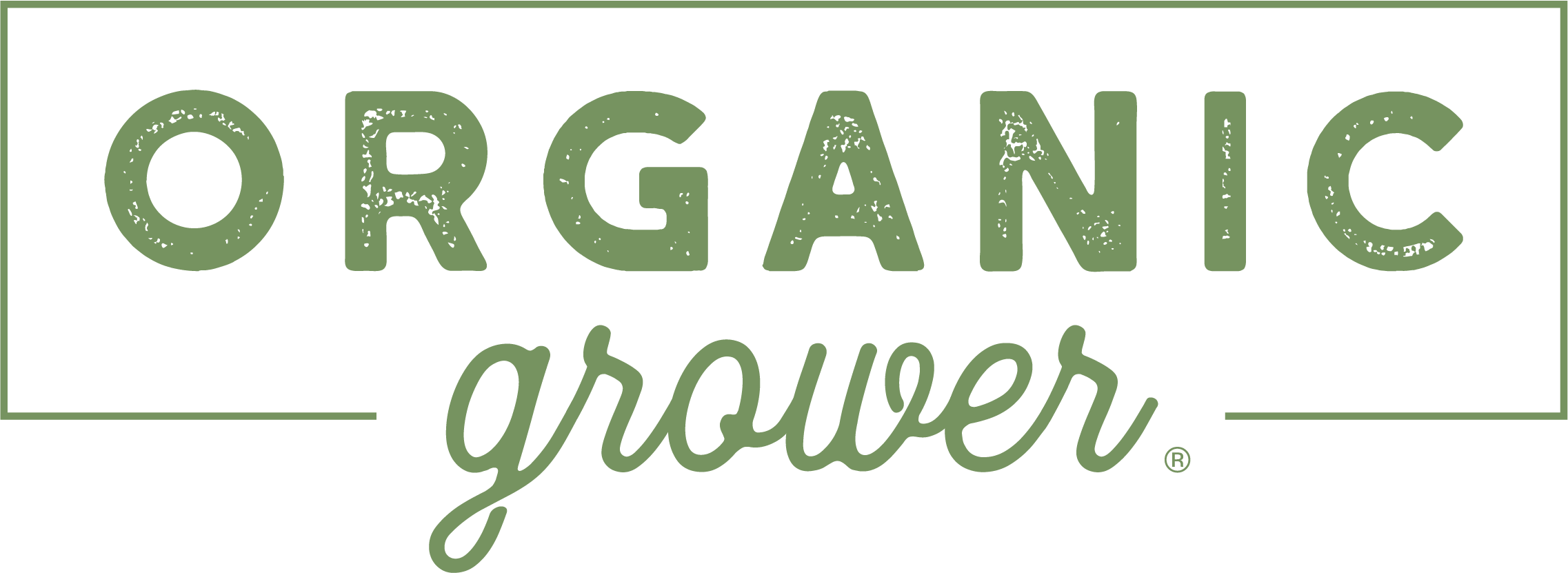




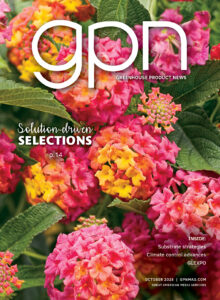
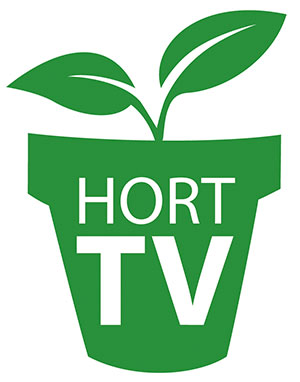 Video Library
Video Library 